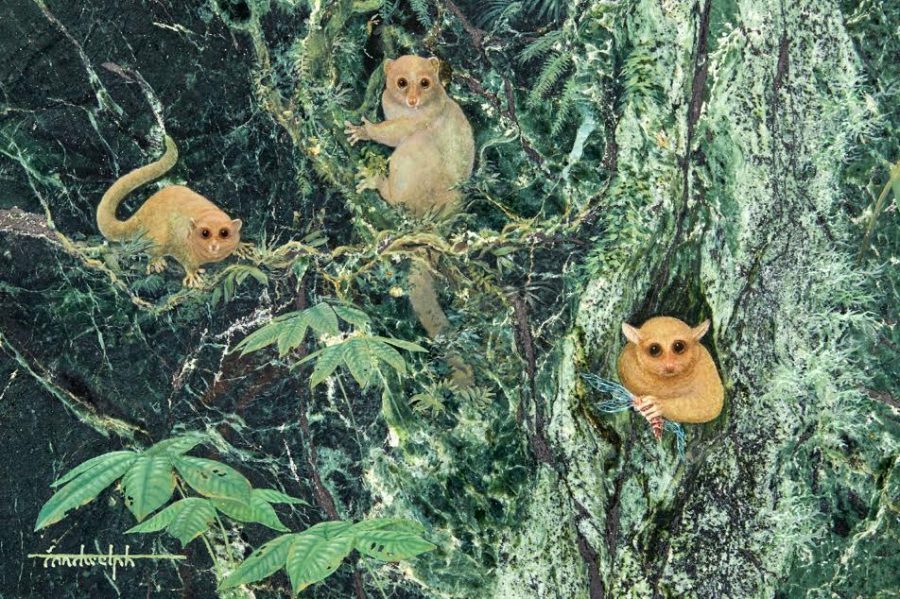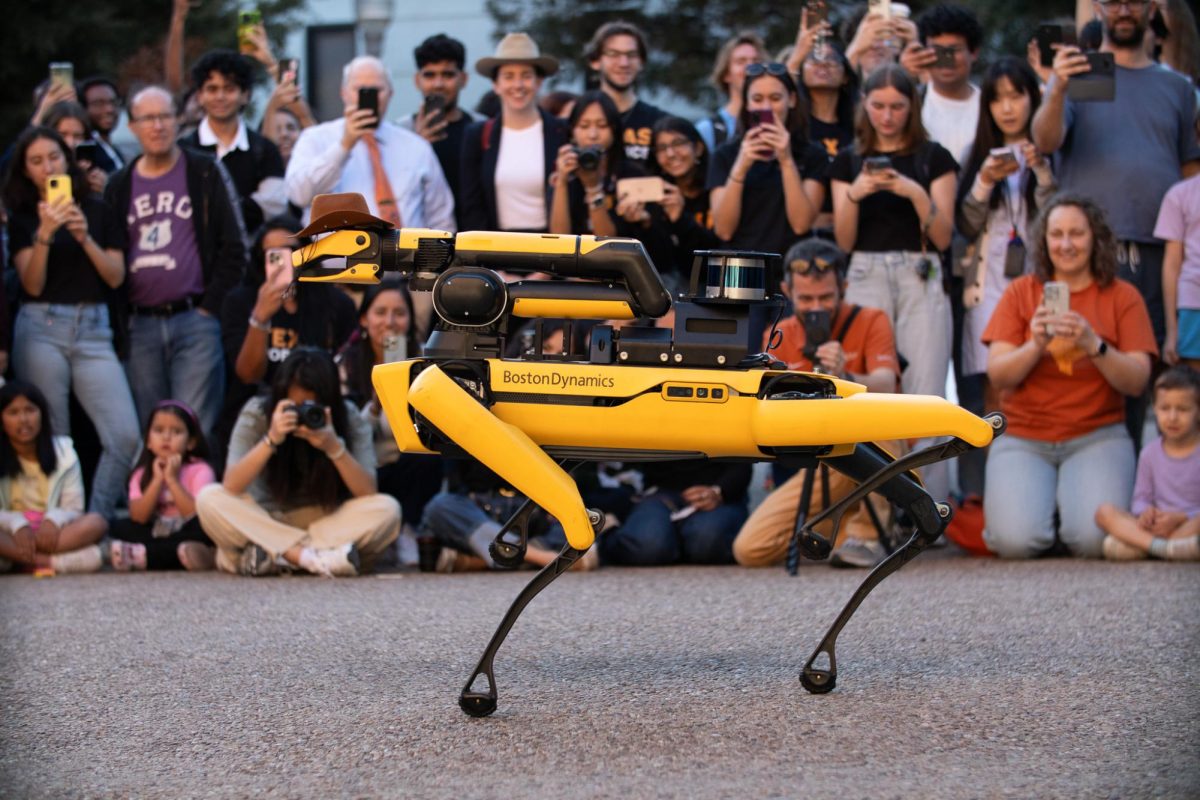Primates tell us a lot about humans as many species are genetically identical to us, according to The Smithsonian. UT researchers recently discovered three new species of our biological buddies, and it’s just the start.
The ancient primate species were found in a collection of thousands of fossils that paleontologist Stephen Walsh spent his career collecting, but he died before he could identify them. UT graduate Amy Atwater and anthropology professor Chris Kirk continued his work by identifying three new primates of the omomyid family, all native to the San Diego area that lived about 42 million to 46 million years ago.
According to researchers, the truth is in the teeth. They were able to make their distinctions based on unique teeth fossils, including the upper-part of a tooth called a cusp, which reveal how species adapted to specific environments and diets in order to survive. According to the Journal of Vertebrate Paleontology, this family of primates primarily feeds on fruit.
“Teeth have all sorts of cusps, valleys and grooves,” Atwater said. “We had a very small species and a very large species. Those sorts of very small details of length and width of teeth and parts of the jaw are what we have preserved.”
All three fossils not only preserve answers to evolutionary questions, but preserve the legacy of their founders.
The species as a whole are small, but the smallest of the three, Ekwiiyemakius walshi, a namesake of Walsh, weighed only about half a pound, according to Kirk.
Gunnelltarsius randalli, was only slightly larger than the first. The fossil was named after both late colleague of the researchers Gregg Gunnell and Kesler Randall, the San Diego Natural History Museum fossil collections manager.
The largest species the researchers found was large for this type of primate, but smaller than the average household cat, weighing in at two pounds, according to Kirk. The species Brontomomys cerutti, is a play on the Greek word bronto, meaning “thunder,” and echoes back to the Brontosaurus, literally meaning “thunder lizard,” Atwater said. The latter part of the name comes from retired paleontologist Richard Cerutti at San Diego National History Museum who helped collect samples from this species, she added.
Other researchers are currently analyzing the multitude of other potential discoveries in Walsh’s collection. Atwater said Walsh and his team deserve much of the credit for these findings.
“We stand on the shoulders of giants, and there was a lot of work that went into this project before Dr. Kirk and I were able to do what we did,” Atwater said. “And yes, we are very proud of our contribution, but we also want to honor the legacy of all these incredible workers who helped make it possible. Without Walsh, without Gunnell, Randall, Cerutti and everyone at the San Diego Natural History Museum, we would not be able to have done this project.”















